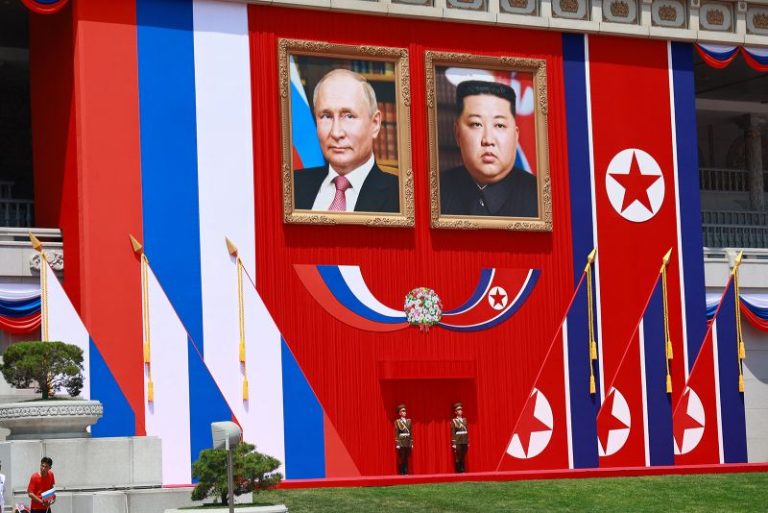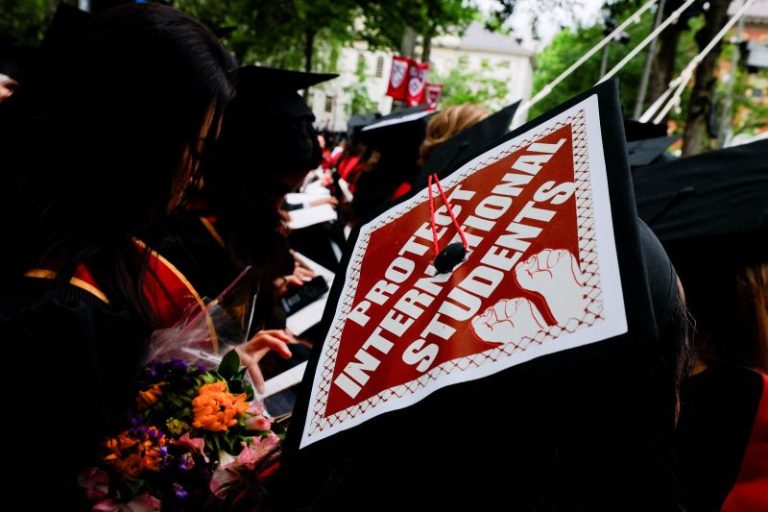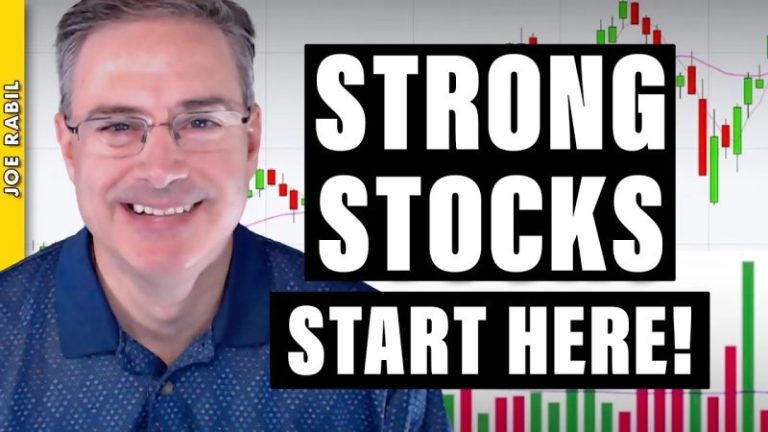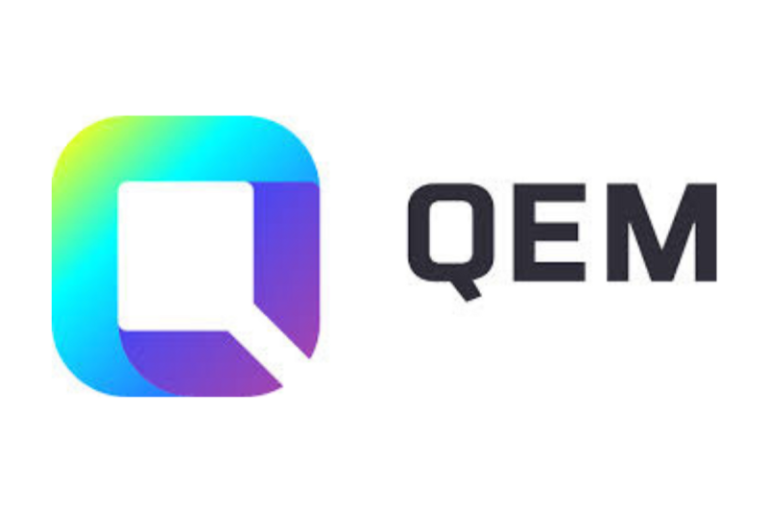A burgeoning new sporting trend inspired by the biggest and hardest full contact hits in American football and rugby has proved deadly, and there’s now calls for it to be banned.
Branded by an organized league as “the world’s fiercest, new collision sport,” Run It Straight games see two people sprint directly towards each other for a high-impact collision, with no protective gear. Whoever dominates wins.
Tens of thousands of dollars are offered up as prize money in organized events in New Zealand and Australia and the game has become a social media craze with teenagers trying it out at home, with fatal consequences.
Ryan Satterthwaite died in hospital on Monday after a backyard challenge went tragically wrong in the small city of Palmerston North. New Zealand Police said the 19-year-old suffered a serious head injury.
Pete Satterthwaite said when he saw local news reports about Run It, he thought the game was a “stupid idea” and instinctively knew that “someone is going to get seriously hurt.”
He just wasn’t expecting it to be his own nephew.
“The ultimate aim is to hurt your opponent, run over the top of him … you’re leading with your shoulder, leading with your head,” he said. “Regardless of whether they have medical staff on site and everybody has a test, it’s still the most stupid thing I’ve ever seen.”
New Zealand Prime Minister Christopher Luxon urged people not to take part in the tackling game, calling it a “dumb thing to do.”
“You’re hearing the advice from police, from the medical fraternity, from government, from principals saying don’t do it,” Luxon told local media on Friday, adding that organizers of formal events should stop them.
“To the adults that are involved in more formal organization of it and are influencing it and leading this out on social media, I think you need to stop and I can’t be any clearer,” Luxon said.
Following calls for the tackling game to be banned, New Zealand’s sport minister Mark Mitchell said on Friday he had sought advice on what measures the government can take to crack down on what he labelled “unregulated activities that pose a significant level of risk.”
‘Built to break limits’
The Run It Straight game combines elements of American football and rugby – two sports that have tackling in common but with distinct rules to protect players.
Footballers wear a helmet and thick padding to withstand high-impact tackles on the whole body except the head and knees. Rugby players take the field without helmets and with no, or little, padding, while tackles are only allowed below the shoulders.
The new game has been popularized in part by by a company called RUNIT Championship League, which says the game was “born to go viral” and claims to have “taken social media by storm with tens of millions of views.” CEO and owner Charizma, whose real name is Christian Lesa, says the concept started when he was hospitalized and struggling with mental health, according to an interview with Australian public broadcaster ABC.
Lesa said he was inspired by YouTuber Donald De La Haye, nicknamed “Deestroying,” a Costa Rican-American professional football player who would pit players 1-on-1 for viral clicks. He replicated the concept in Australia and the tournament-like event has spread across New Zealand and the Pacific islands.
As followers and subscribers grew on YouTube, Instagram and TikTok, RUNIT began hosting championships where participants bull run into each other and the last one standing takes home a cash prize.
The finals of the RUNIT league were scheduled in June with 200,000 New Zealand dollars (around $118,800) up for grabs.
‘Risk of death’
Run It Straight-type collisions are more than five times the force of a rugby tackle, according to Professor Patria Hume from Auckland University of Technology, who warned there was a high risk of brain injury or death.
“Ryan’s death was preventable. It was a backyard copycat of the Runit events which have been designed for social media impact,” Hume said.
“Runit lacks the structure, safety protocols, and purpose of traditional sports. While rugby, boxing, and MMA are inherently physical, they are governed by rules designed to minimize harm and protect athletes.”
“It’s not about the head hitting the ground, it’s the impact,” she said.
A RUNIT Championship League spokesperson said in a statement that it does not encourage “any copying of the sport” saying it should only be done under “strict conditions.”
Alarm bells had already been ringing about the game before the death of Ryan Satterthwaite. Two men were knocked unconscious, with one of them going into a seizure, during a Runit league event at Auckland’s Trusts Arena last week.
“Safety of all participants at our venue is paramount and we therefore made the decision not to allow any future Runit events to take place at The Trusts Arena.”
High-contact sports like rugby and rugby league are hugely popular in New Zealand and the death of Satterthwaite has put pressure on sporting bodies to take a stronger stance on the Run It Straight trend.
New Zealand Rugby issued a statement warning people “not to take part in Run It Straight games or competitions as they carry significant risk of serious injury.”
“Those wanting to play contact sports should register for a school or club team and learn in a controlled and safe environment how to tackle safely and the art of evasion,” the statement said.
A number of New Zealand schools have moved to ban students from playing the game on school grounds and it has also been banned from some public parks in the country’s biggest city, Auckland, by a local council board.
David Bovey, rector of Palmerston North Boys’ High School which Ryan Satterthwaite attended several years ago, said he had been planning to warn his students about the risks of playing Run It Straight on campus before he heard about Ryan’s death.
“It’s an absolute tragedy… you can almost say something like this was almost going to happen,” Bovey told RNZ, adding he received the news just 20 minutes before he was due to address the students on Monday.
“Teenage boys are terrible at thinking about consequences and they never think anything is going to happen to them and so, you know, something like this I think really hit home in terms of the message we are trying to give the boys – ‘this is something I shouldn’t be doing.’”










